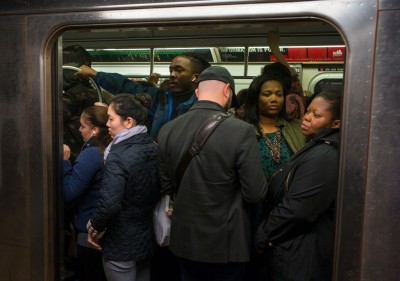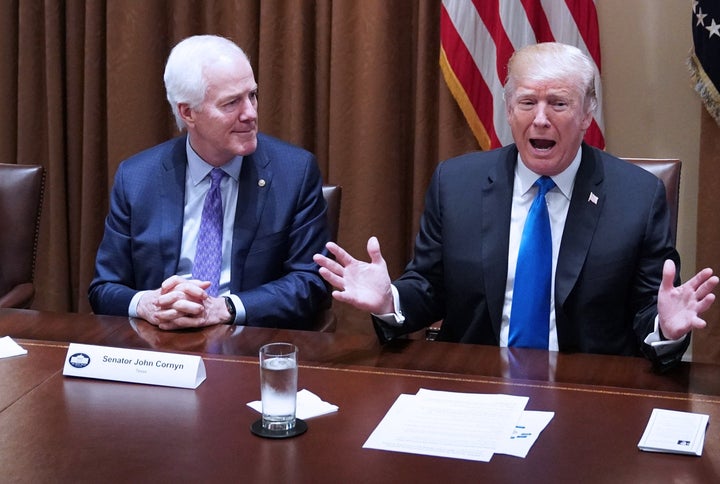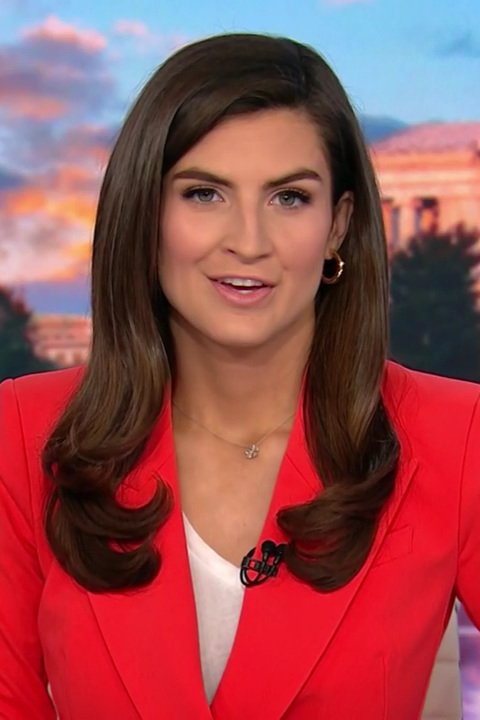
Dear Commons Community,
Tuesday saw a number of key races in Kentucky, Pennsylvania and Florida, which underscored former President Trump’s grip on the Republican base and Democrats’ relative strength in suburban areas..
In one of the night’s major races, Trump’s endorsed candidate in the Kentucky GOP gubernatorial primary, Daniel Cameron, prevailed against Florida Gov. Ron DeSantis’s pick, former U.N. Ambassador Kelly Craft. The Florida governor’s choice in the Jacksonville, Fla., mayoral race also lost, in one of the biggest upsets of the night.
Meanwhile, Democrats scored a key victory in the Philadelphia suburbs in a race that largely hinged on abortion.
Here are five takeaways from Tuesday night’s elections compliments of The Hill.
Trump notches a win over DeSantis in Kentucky
Trump scored a win over his chief rival in Kentucky on Tuesday night, when his endorsed candidate won the GOP gubernatorial primary.
Cameron, who was favored by the former president, won the Republican primary to take on Gov. Andy Beshear (D) this November. Craft, who received a last-minute endorsement from DeSantis on election day, placed third in the primary.
DeSantis’s decision to back Craft comes against the backdrop of a burgeoning 2024 Republican presidential primary field. The Florida governor is expected to formally launch his presidential bid in the coming weeks and is seen as Trump’s fiercest opponent.
DeSantis wasn’t the only high-profile Republican to back Craft — declared 2024 candidate and entrepreneur Vivek Ramaswamy, former Secretary of State Mike Pompeo and Sen. Ted Cruz (R-Texas) also endorsed her.
Cameron, a rising star in the GOP, touted the former president’s endorsement, even after Trump was held liable for sexual battery and defamation against the writer E. Jean Carroll.
A good night for Dems
Democrats had a lot to celebrate Tuesday night.
In one of the most closely watched races of the year, Democratic candidate Heather Boyd beat Republican Katie Ford in the special election for a Pennsylvania state House seat outside Philadelphia, allowing the Democrats to keep control of the state’s lower chamber.
The race was seen as particularly critical because Democrats feared the GOP would use a potential majority to push through restrictive measures relating to abortion and LGBTQ issues.
Meanwhile, in Jacksonville, Fla., Democrats scored an upset with Donna Deegan (D) winning the mayoral race against Republican Daniel Davis, who was backed by DeSantis. The election offered Democrats some relief given Duval County’s red leanings, suggesting that Democrats may still be able to compete in the state, even as Florida has trended Republican in recent years.
Meanwhile, in Colorado Springs, independent candidate Yemi Mobolade won the mayoral race against Republican Wayne Williams, a former Colorado secretary of state. The result was a blow to Republicans; Trump won El Paso County, which includes Colorado Springs, by 11 points in 2020.
Progressives’ big-city winning streak suffers a blow
Not all Democrats were celebrating the primary results, though, as progressives suffered a blow in the Philadelphia mayoral race. Their favored candidate, Helen Gym, finished third.
Gym, who received endorsements from high-profile progressives such as Sen. Bernie Sanders (I-Vt.) and Rep. Alexandria Ocasio-Cortez (D-N.Y.), lost the race to become Philadelphia’s next top executive to former City Council member Cherelle Parker. Former City Controller Rebecca Rhynhart placed second.
Parker is almost certain to prevail in the heavily blue city’s November election against Republican David Oh.
Crime has been one of the driving issues in the race, and Parker, who is Black, has notably vocalized support for the use of the controversial stop-and-frisk policing strategy. Her safety and policing platform on her website also calls for hiring 300 more police officers who would be designated to a neighborhood beat.
A surprise upset in Florida
Deegan’s win in the Jacksonville mayoral race was perhaps the biggest surprise of the night, flipping an office that’s been helmed by Republican Mayor Lenny Curry since 2015.
The race also further dented DeSantis, given that he endorsed Davis in March.
Surveys ahead of election day indicated a tight race. Polling from the Public Opinion Research Lab at the University of North Florida (UNF) last month found 48 percent of respondents backing Deegan while Davis received 47 percent support, falling well within the poll’s margin of error at plus or minus 3.8 percentage points.
That polling also found that the highest percentage of respondents believed crime to be the most important issue facing the city.
Davis’s loss is a blow to Republicans in a county that has become friendlier to the GOP in recent years. DeSantis won Duval County, where Jacksonville is situated, by 12 points during the November midterms. But in 2018, Democrat Andrew Gillum won the county over DeSantis by 4 points.
Voter turnout was mixed
Voter turnout in some of the biggest elections turned out to be a mixed bag.
Kentucky Secretary of State Michael Adams (R) had previously warned that turnout for the GOP gubernatorial primary might end up around 10 percent, and data from the secretary of state’s website as of Tuesday night showed turnout around 14 percent.
Turnout also appeared relatively light in Pennsylvania, with one election official saying early on that the levels were “historically low,” according to WKBN-TV.
But in Duval County, where Jacksonville, Fla., is situated, turnout was at 33 percent as of Tuesday night. Broken down by voter party affiliation, close to 99,000 Republicans voted, while about 92,000 Democrats and roughly 25,000 voters with no party affiliation turned out. More than 2,600 votes came from voters identified as “other.”
Interesting results!
Tony













